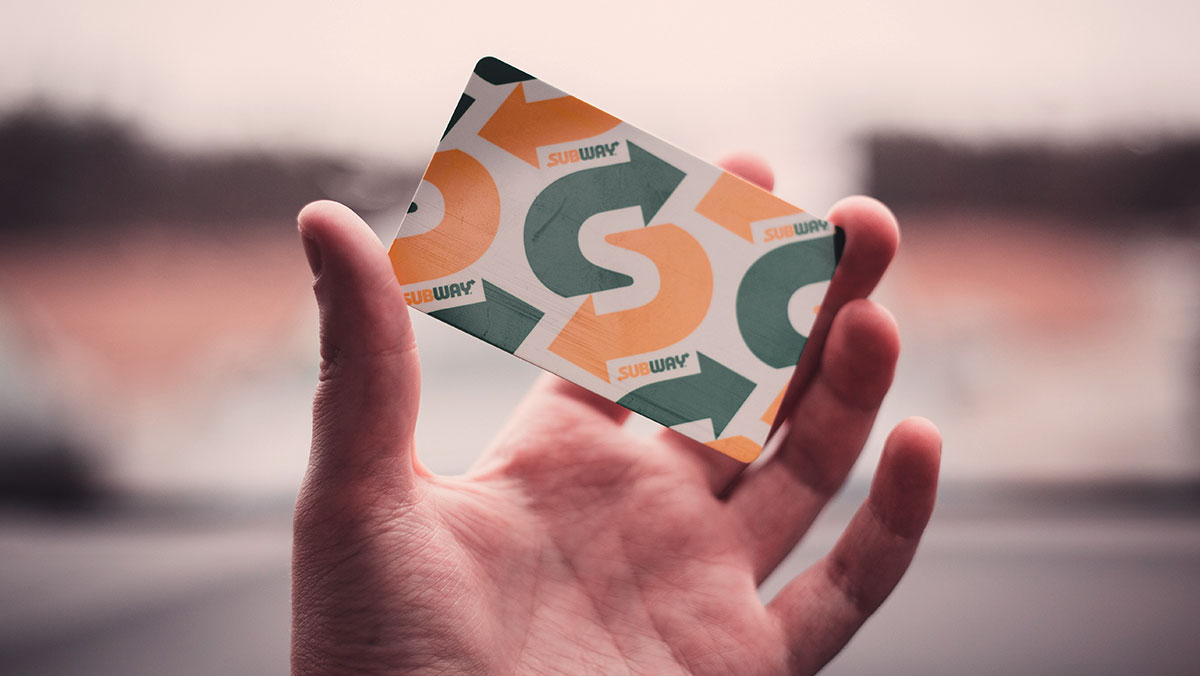
If we think back to the days when brand loyalty was encouraged primarily by discounts, reward points, and associated freebies, it almost feels like a lifetime ago. It was a sensible, commercially driven approach to achieving brand loyalty at the time – “spend more with us and we’ll say thanks”. So many of us bought into it.
But while there are some organizations that still need to partially rely on such incentives – particularly in highly-competitive B2C markets – the age of a perk-related card is undoubtedly dead for most. Why? Because many people now willingly give their loyalty to a brand for reasons beyond pounds and pence.
Is it a generational thing? Perhaps to a degree. Has Covid played a part in the changing loyalty landscape? Arguably so. Are people now able to make different judgments about a brand’s true colors, thanks to tools like social media? Yes, that too.
Brand loyalty has become a complex topic in recent times, and savvy consumers look set to demand even more from organizations in 2022 and beyond.
If we think about our own affinity to brands – in other words, where our personal and arguably subjective loyalties lie – it all starts with values. What truly matters to us, as individuals, and who do we want to align ourselves with, as a result?
Now, to revert to an earlier point, if all that matters to someone is affordability – particularly when budgets are being squeezed – it could be argued that they’re naturally going to lean towards a brand where they get maximum money’s worth. Loyalty cards may therefore still work well with such customers. On the flip side, it could also be said that, if the price is the main driver behind a purchasing decision, such individuals are perhaps not loyal to a specific brand (or brands) at all – instead, they probably need to make decisions based solely on the cost of a product or service at a given time. They’re unlikely to therefore be ‘sticky’ at all.
For many other people, factors such as sustainability, diversity, charitable giving, ethics, and other social value commitments, will play a far greater role in shaping an attitude – and thus potential loyalty – towards a brand. And this all treads much further than a simple ‘ethos’ page or mission statement on a website. That just doesn’t cut it anymore. After all, there are so many means of collecting wider information about a brand, that it soon becomes clear what’s genuine and what isn’t.
We only have to look at the relatively newfound term – greenwashing – to see that action is being taken at the highest level, to clamp down on misleading claims designed to skew the public’s attitudes towards a business.
Elsewhere, customers may argue that rules and regulations are not working hard enough. That’s why some of the larger brands – who have traditionally won over the hearts and minds of customers with vast advertising campaigns and deep pockets – have come unstuck in recent times. From the workplace practices they expose staff to, to their financial conscience when it comes to paying their tax bills, the bigger corporates don’t always win in the loyalty stakes anymore. I’m sure we can all think of some popular brands that have hit the headlines for all the wrong reasons lately, in this respect.
The rise of the independents – and the feeling of being able to support something special by buying directly from the producer of goods and services – will only continue to grow in popularity, as a result. So, while one individual indie outlet may only achieve marginal traction versus a high street giant, the power of independents as a collective, is pretty exciting. They ooze authenticity. That’s why we’ve seen a resurgence in shopping local, at a greengrocer’s rather than a supermarket, for instance. And many people are willing to pay slightly more for a garment if they know its backstory, as a means of saying ‘no’ to fast fashion. And employees opt for roles that don’t necessarily offer the biggest salaries, yet they provide a more fulfilling and balanced package that truly prioritizes the satisfaction of staff.
All these examples stress just how much we’re increasingly seeking connections with brands – it’s hardly surprising is it, after the prolonged sense of distance and isolation caused by the pandemic?
In truth, the list of factors influencing our feelings towards brands goes on and on. From stances towards trading with Russia to insisting on compulsory returns to the office post-Covid, organizations are finding themselves under the microscope with nowhere to hide, if their attitudes don’t align with their public’s.
Will things change again, in 2022 and beyond? Without a crystal ball, it’s difficult to say. But Generation Z certainly seems to have a different mindset, as do so many people keen to rethread their priorities after the last few years. So, because we’re better equipped to look past what brands say, and instead at what they do and how they do it, the loyalty playing field has been blown wide open.
Cover image source: Erik Mclean